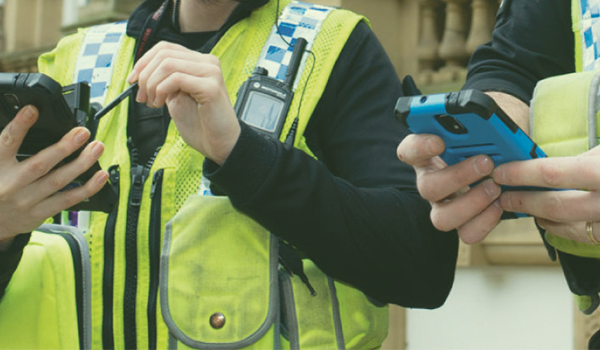Suppliers sought for ESN mobile devices
The Home Office is stepping up the pace on its new Emergency Services Network (ESN) by tendering for suitably capable and experienced providers of LTE (long-term evolution) handheld mobile devices and accessories to appoint to a framework for the ESN.
The Home Office is stepping up the pace on its new Emergency Services Network (ESN) by tendering for suitably capable and experienced providers of LTE (long-term evolution) handheld mobile devices and accessories to appoint to a framework for the ESN.
It says the ESN devices will need to operate using the Release 12 QoS Class Identifier (QCI) incorporating public safety features to enable them to be fully capable of operating on the new ESN LTE network and meeting user requirements.
The Home Office adds that devices supplied resulting from the procurement must also have achieved Network Approval Testing Service (NATS) and User Device Type Approval Service (UDTAS) accreditation as part of the requirements to utilise LTE devices on the ESN network.
The procurement notice says that awarded contracts will be for 36 months with an option to extend for up to a maximum of 12 months.
ESN handsets are expected to cost an average of £907 for each police officer according to the initial estimates issued by UK forces earlier this year.
Figures examined by Police Market Report, the monthly subscriber-only bulletin that specialises in police information and communications technology, indicate a predicted spend ranging from around £650 to just over £1,000 per head.
Police Market Report editor John Rowland says the handset cost estimates are substantially higher than the £300 to £500 presently paid for Airwave devices, although he expects force budgets to be supplemented by central government payments to support infrastructure adaptations.
Early examples of various ESN-compatible handheld devices have already been examined by the Home Office.
The Home Office procurement, which is estimated to be worth £210 million, will cover:
LTE mobile handheld devices for operational trials the Home Office says devices should achieve NATS and UDTAS accreditation and be supplied by a target date of April 2018 and no later than June 2018 in quantity of between 500, 750 and 1,500 units based on number of suppliers awarded contracts to be on the framework agreement;
LTE mobile handheld devices available on the framework agreement suppliers awarded contracts will need to supply their LTE devices under the call off arrangements from the point that the devices complete trials, and therefore must have completed NATS and UDTAS accreditation, and be available for procurement in large quantity of up to a total to be supplied over the term of the contract of 250,000 units from June 2018;
Accessories the supply of accessories to be used with the LTE mobile handheld devices for the trials; and
Intrinsically safe LTE mobile handheld devices a variant of the LTE handheld device that is intrinsically safe is to be provided by one of the suppliers under the framework agreement period. The Home Office says a total of 3,000 intrinsically safe LTE mobile handheld devices will be required during the term of the framework agreement but only one supplier on the framework agreement will provide the devices.



